Abstract
5-episisomicin (Sch 22591) is a novel semisynthetic aminoglycoside with a spectrum and potency similar to gentamicin in its activity against susceptible bacterial strains, but with increased potency against Pseudomonas, Providencia, and Proteus rettgeri. It is also more active than tobramycin and amikacin against these last-mentioned species.
Against resistant strains, Sch 22591 is significantly more active than gentamicin or tobramycin. Against resistant gram-negative bacteria other than Pseudomonas, Sch 22591 has activity similar to that of amikacin, but Sch 22591 is more potent. Against Pseudomonas strains, it is active against most gentamicin- and tobramycin-resistant strains and is more active than the other three antibiotics. Some Pseudomonas strains are resistant to Sch 22591, but susceptible to amikacin. Against a selection of aminoglycoside-resistant staphylococci, Sch 22591 has very good activity against strains resistant to tobramycin, amikacin, and gentamicin. The superior in vitro potency of Sch 22591 against Pseudomonas has been confirmed in vivo in experimental infections in mice. Absorption in dogs is similar to that of other aminoglycoside antibiotics. The acute toxicity of Sch 22591 in mice is greater than that of gentamicin; its vestibular toxicity potential and nephrotoxicity potential in cats and rats appear to be similar to those of gentamicin.
Full text
PDF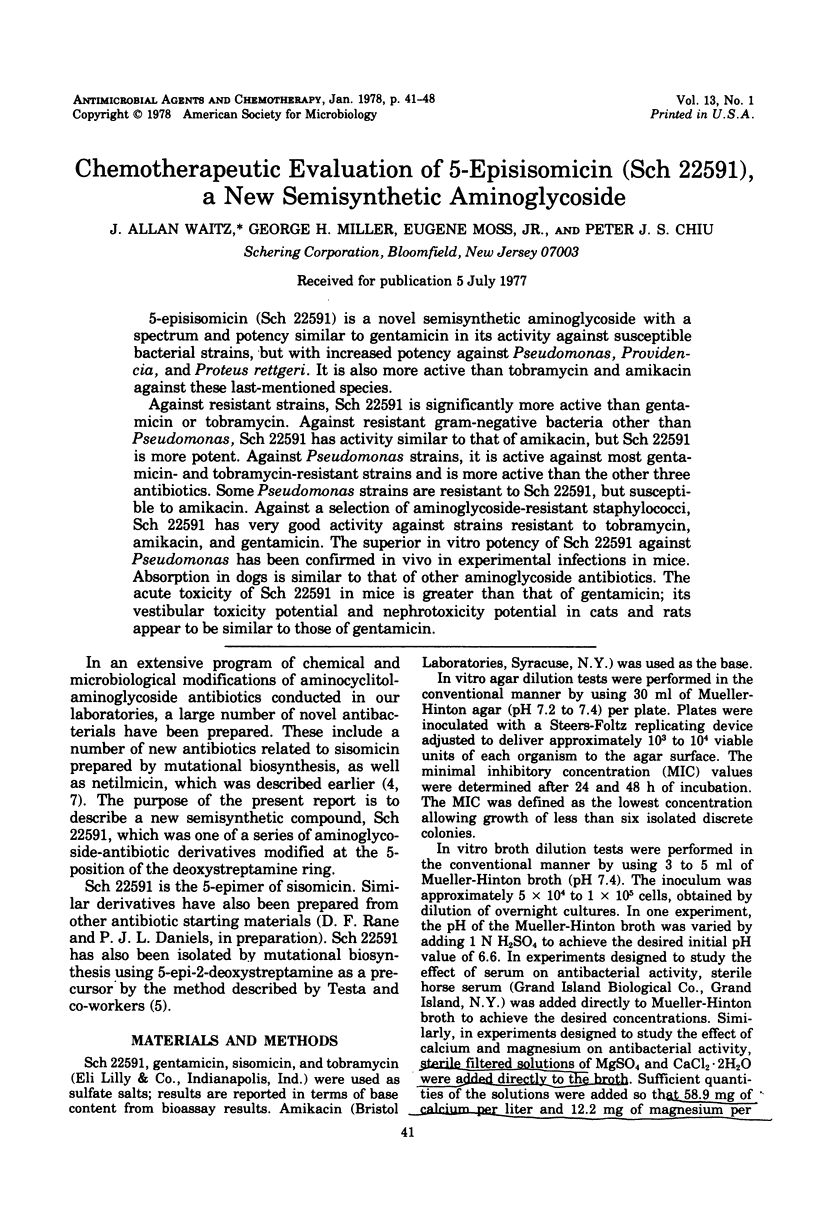
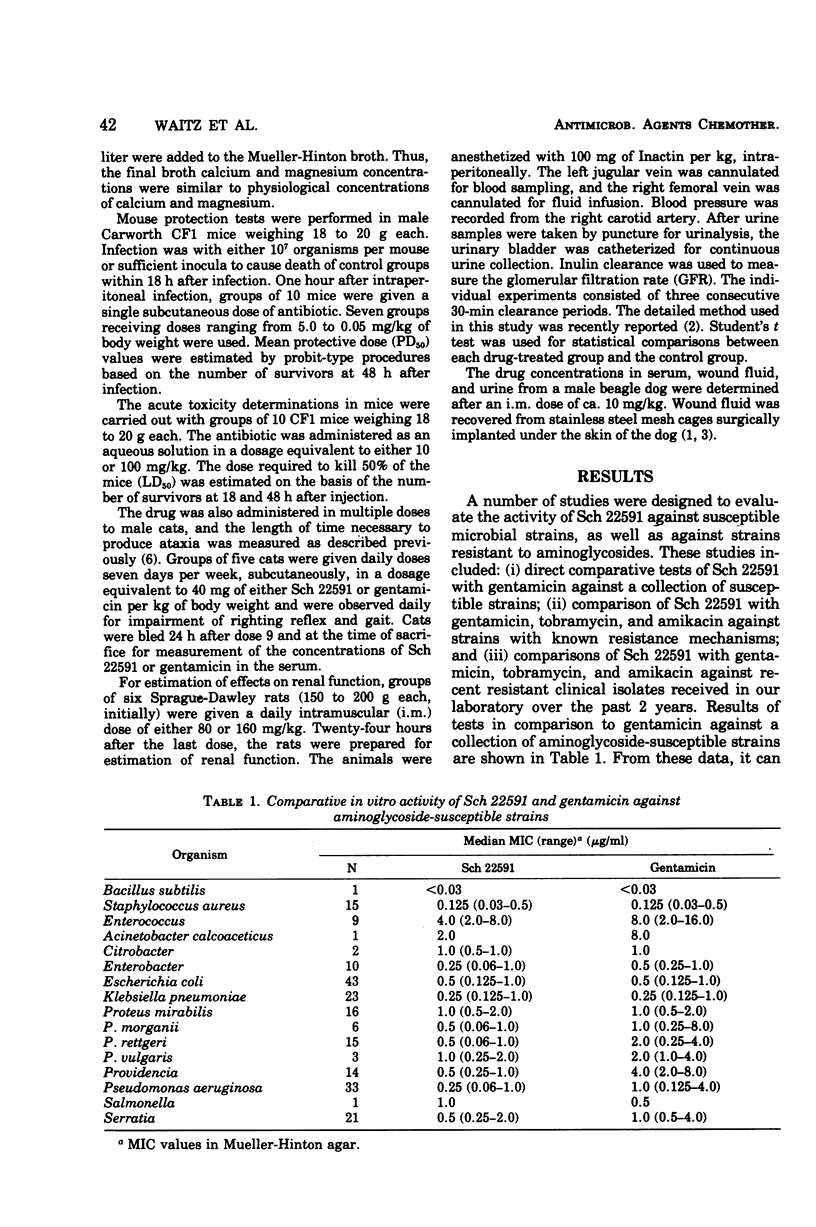


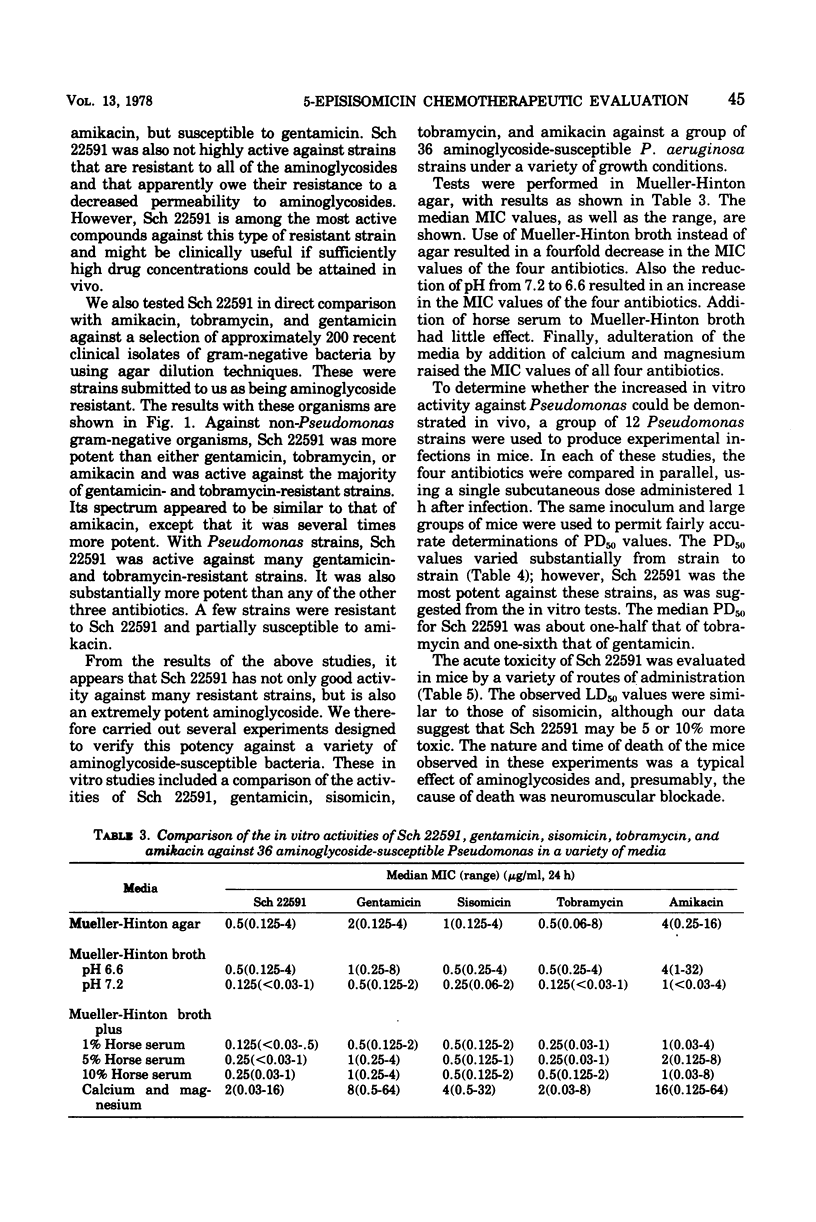
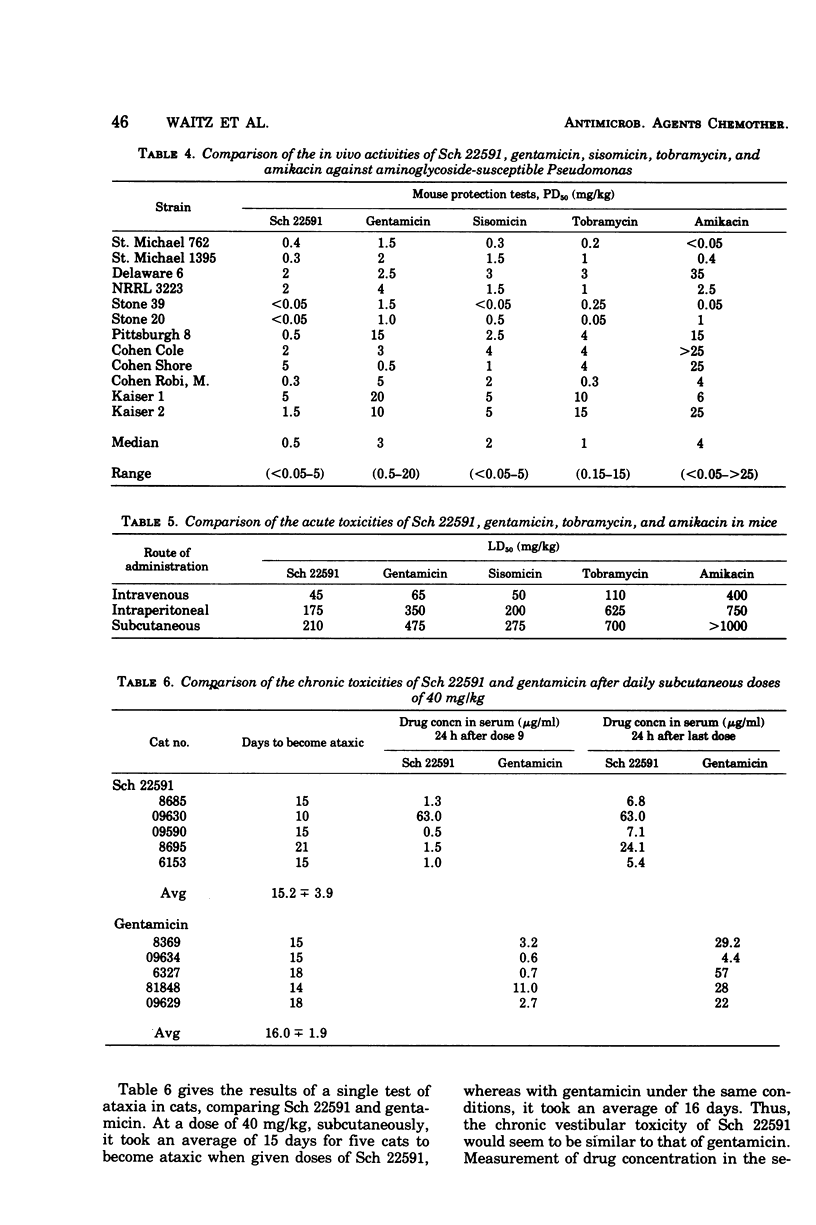
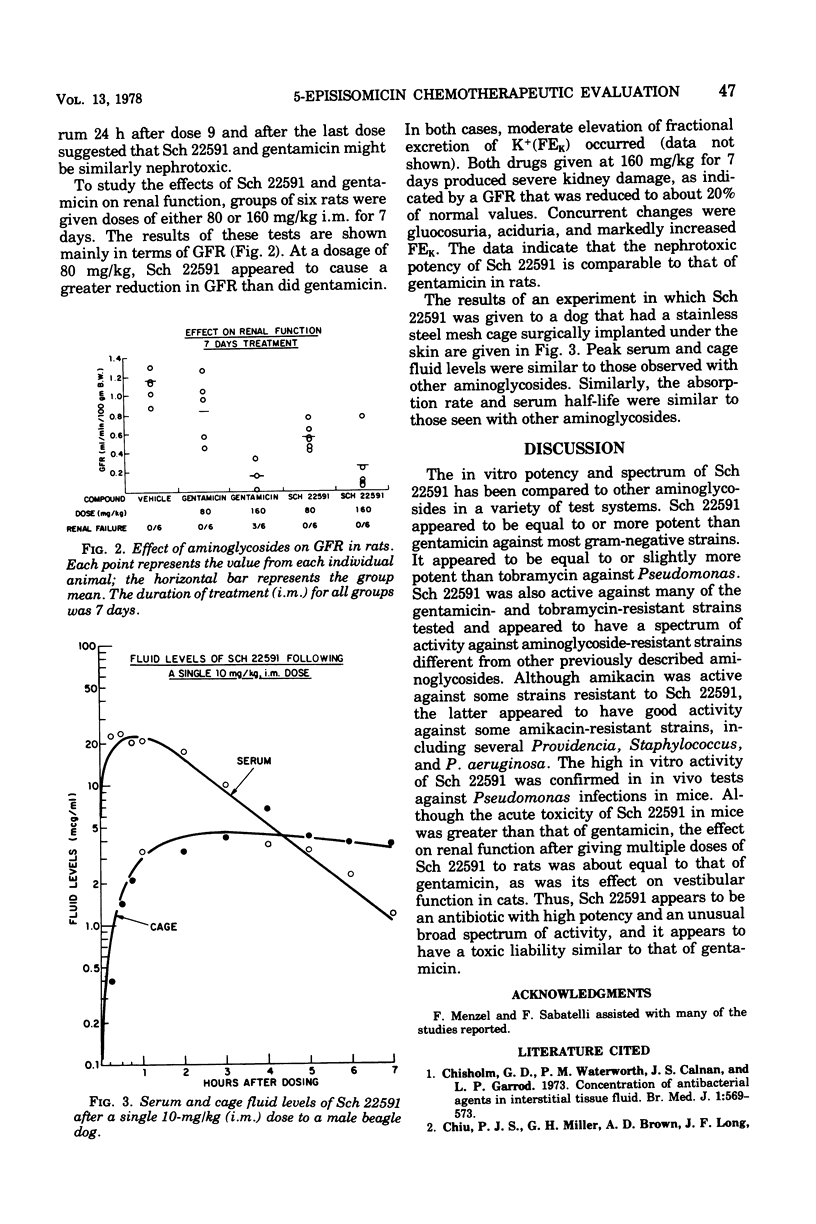
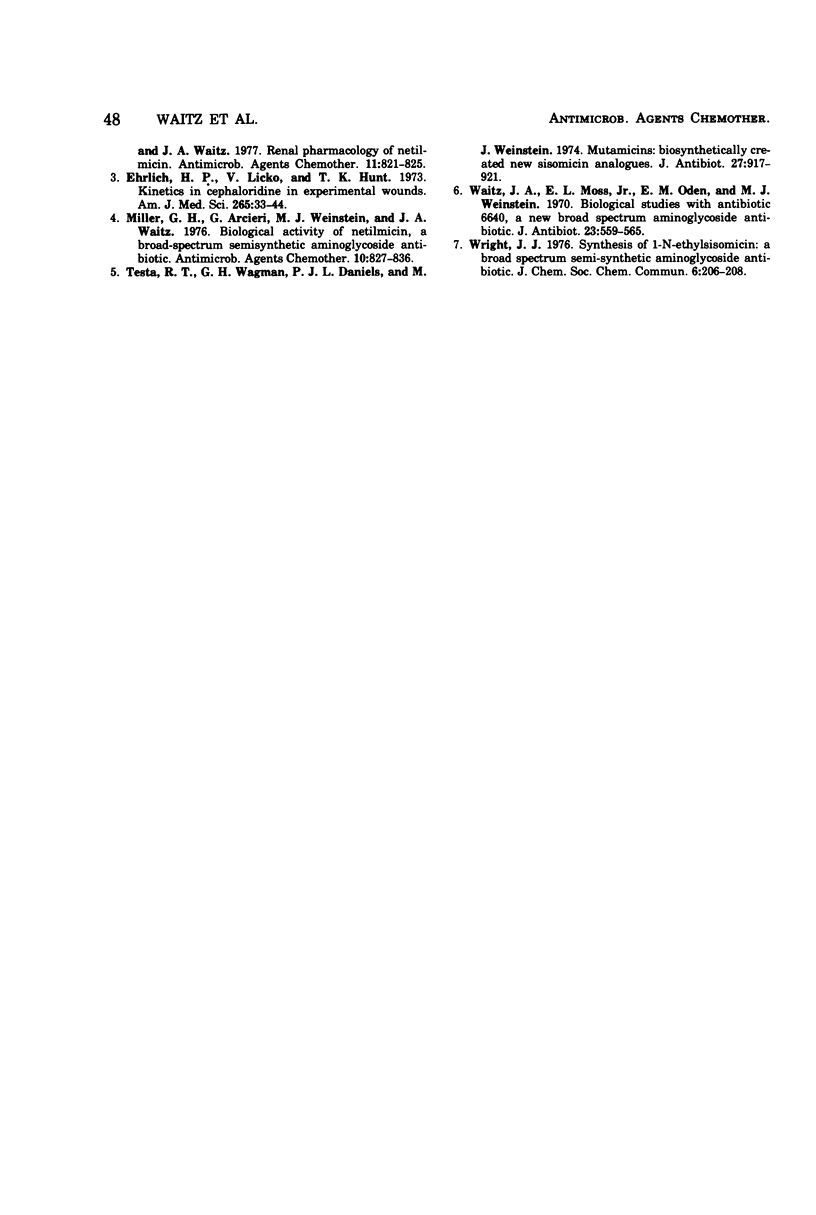
Selected References
These references are in PubMed. This may not be the complete list of references from this article.
- Chisholm G. D., Waterworth P. M., Calnan J. S., Garrod L. P. Concentration of antibacterial agents in interstitial tissue fluid. Br Med J. 1973 Mar 10;1(5853):569–573. doi: 10.1136/bmj.1.5853.569. [DOI] [PMC free article] [PubMed] [Google Scholar]
- Chiu P. J., Miller G. H., Brown A. D., Long J. F., Waitz J. A. Renal pharmacology of netilmicin. Antimicrob Agents Chemother. 1977 May;11(5):821–825. doi: 10.1128/aac.11.5.821. [DOI] [PMC free article] [PubMed] [Google Scholar]
- Ehrlich H. P., Licko V., Hunt T. K. Kinetics of cephaloridine in experimental wounds. Am J Med Sci. 1973 Jan;265(1):33–44. doi: 10.1097/00000441-197301000-00003. [DOI] [PubMed] [Google Scholar]
- Miller G. H., Arcieri G., Weinstein M. J., Waitz J. A. Biological activity of netilmicin, a broad-spectrum semisynthetic aminoglycoside antibiotic. Antimicrob Agents Chemother. 1976 Nov;10(5):827–836. doi: 10.1128/aac.10.5.827. [DOI] [PMC free article] [PubMed] [Google Scholar]
- Testa R. T., Wagman G. H., Daniels P. J., Weinstein M. J. Mutamicins; biosynthetically created new sisomicin analogues. J Antibiot (Tokyo) 1974 Dec;27(12):917–921. doi: 10.7164/antibiotics.27.917. [DOI] [PubMed] [Google Scholar]
- Waitz J. A., Moss E. L., Jr, Oden E. M., Weinstein M. J. Antibiotic 6640. 3. Biological studies with antibiotic 6640, a new broad-spectrum aminoglycoside antibiotic. J Antibiot (Tokyo) 1970 Nov;23(11):559–565. [PubMed] [Google Scholar]


